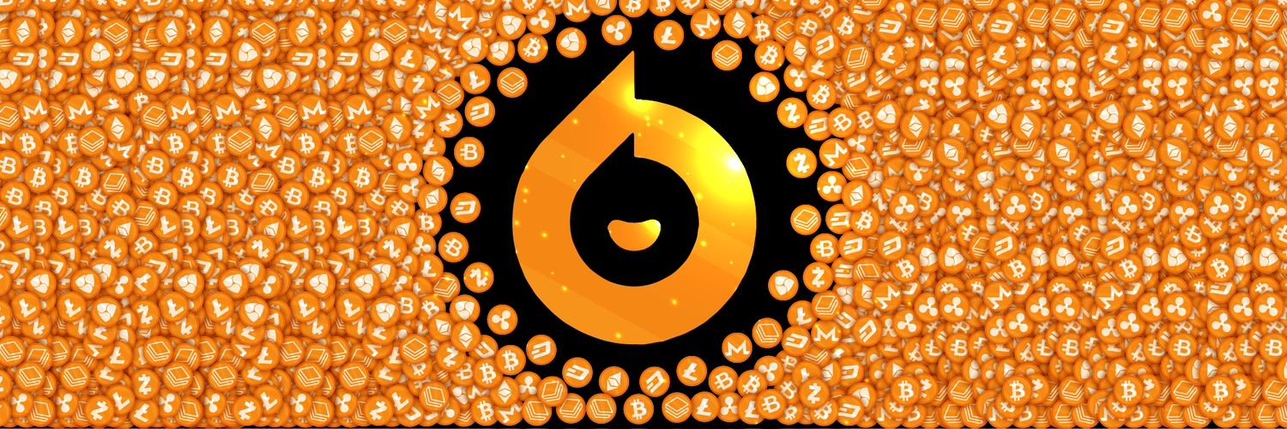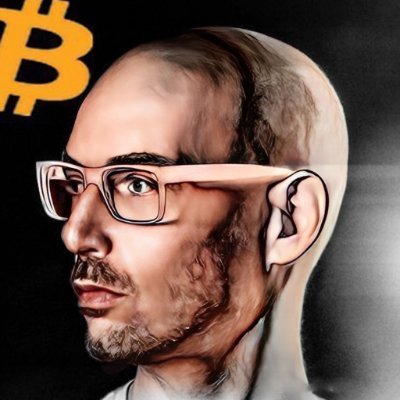
USDC priceUSDC
USDC/USD price calculator
Live USDC price today in USD
Do you think the price of USDC will rise or fall today?
USDC market Info
About USDC (USDC)
What Is USD Coin?
USD Coin (USDC) is a type of cryptocurrency known as a stablecoin. Stablecoins are a category of digital assets that maintain a stable value relative to a specific asset or a pool of assets. In the case of USDC, its value is pegged 1:1 with the United States Dollar. This means that each USD Coin token corresponds to one US dollar.
USD Coin was launched in September 2018 by CENTRE, a collaboration between cryptocurrency firms Circle and Coinbase. The goal of USD Coin is to bridge the gap between traditional financial systems and digital economies, bringing the benefits of both worlds together. By pegging USDC to the US dollar, the stablecoin ensures the stability of value, a trait that many cryptocurrencies lack due to their volatile nature.
In March 2023, following Circle's acknowledgment of a substantial US$3.3 billion cash reserve with Silicon Valley Bank, the value of its USDC stablecoin experienced a momentary depeg, dropping to 88 cents from its typical one-dollar valuation. The USDC depeg fear caused panic selling, and Binance and Coinbase both confirmed they would temporarily suspend USDC conversion in that period.
Resources
Whitepaper: https://f.hubspotusercontent30.net/hubfs/9304636/PDF/centre-whitepaper.pdf
Official website: https://www.centre.io/usdc
How Does USD Coin Work?
Each USD Coin is purportedly backed by an equivalent amount of US dollars held in reserve. These reserves are regularly audited to ensure transparency and trust in the system. When a user purchases USD Coins, the equivalent USD value is held in a reserve, and the user is issued an equivalent amount of USDC. Similarly, when someone wants to redeem USDC for USD, the coins are destroyed or 'burned', and the equivalent USD is released from the reserve.
USD Coin initially used the Ethereum blockchain, following the ERC-20 standard, which is widely accepted and compatible with many wallets and exchanges. This made it easy to integrate with the existing digital asset infrastructure.
Benefits of USD Coin
The primary benefit of USD Coin is its price stability, as it is pegged to the US dollar. This makes it an attractive asset for those who want to avoid the price volatility often associated with other cryptocurrencies. Moreover, as a digital token, USDC can be transferred globally almost instantly, making it a useful tool for remittances and global transactions.
Additionally, the stable nature of USDC makes it a key player in the burgeoning DeFi (Decentralized Finance) ecosystem. It serves as a predictable asset for lending and borrowing platforms, as well as a stable medium of exchange in decentralized exchanges.
Understanding the Factors that Affect USD Coin Price and Current Value
Understanding the factors that influence USD Coin price is essential for both investors and traders in the cryptocurrency market. USD Coin (USDC) is a stablecoin, which means its current value is pegged 1:1 to the United States Dollar (USD). This pegging mechanism primarily governs the USD Coin current value.
The Stability of USDC to USD Exchange Rate
Unlike other cryptocurrencies that are subject to high volatility, the USDC to USD exchange rate remains relatively stable. This stability is ensured by the issuer, CENTRE—a collaboration between Circle and Coinbase—which maintains a 1:1 reserve in U.S. dollars for every USDC token in circulation. Audits and regulatory oversight further support this stability, making USD Coin a reliable asset in the crypto ecosystem.
USD Coin Market Cap and 24h Volume
However, even stablecoins like USD Coin can experience moments of depegging. For example, in March 2023, the USD Coin value momentarily dropped to 88 cents due to Circle acknowledging a $3.3 billion cash reserve with Silicon Valley Bank. Such incidents can incite panic selling and result in temporary suspensions of USDC conversion on platforms like Binance and Coinbase. While the USD Coin market cap and USD Coin 24h volume may remain robust, external factors like reserve audits and market sentiment can still influence USD Coin value fluctuation.
USD Coin as an Investment and its Role in DeFi
Given its stable nature, many consider USD Coin a good investment for hedging against the volatility of other cryptocurrencies. It's also increasingly being used in decentralized finance (DeFi) protocols, contributing to its utility and demand.
Keeping an Eye on USD Coin Latest News and Price Analysis
Whether you're studying the USD Coin chart for price analysis or staying updated with USD Coin latest news, understanding these factors can provide a more comprehensive view of this stablecoin's role in the digital asset market.
Conclusion
In an evolving world where digital transactions are becoming the norm, USD Coin bridges the gap between the traditional finance world and the digital economy. Its stability, trust, and interoperability with the crypto economy and traditional finance position it as a powerful tool in the financial landscape. As more businesses and individuals adopt cryptocurrencies, stablecoins like USDC will play a vital role in this new digital economy.
Related Articles about USD Coin
AI analysis report on USDC
USDC Price history (USD)
 Lowest price
Lowest price Highest price
Highest price 
What is the highest price of USDC?
What is the lowest price of USDC?
USDC price prediction
When is a good time to buy USDC? Should I buy or sell USDC now?
What will the price of USDC be in 2026?
In 2026, based on a +5% annual growth rate forecast, the price of USDC(USDC) is expected to reach $1.05; based on the predicted price for this year, the cumulative return on investment of investing and holding USDC until the end of 2026 will reach +5%. For more details, check out the USDC price predictions for 2025, 2026, 2030-2050.What will the price of USDC be in 2030?
Hot promotions
Global USDC prices
How to buy USDC(USDC)

Create Your Free Bitget Account

Verify Your Account

Convert USDC to USD
FAQ
What is a stablecoin?
What is USD Coin (USDC)?
How is the value of USD Coin (USDC) maintained at US$1?
Can the price of USD Coin (USDC) fluctuate?
Can I directly exchange USD Coin (USDC) for USD?
How can I use USDC?
What is the current price of USDC?
Why does the price of USDC fluctuate?
Where can I buy USDC?
What affects the price of USDC?
Is USDC a good investment?
Can I convert USDC to other cryptocurrencies on Bitget Exchange?
What is the price prediction for USDC in the next month?
Are there any fees for trading USDC on Bitget Exchange?
How can I store my USDC securely?
What is the maximum supply of USDC?
What is the current price of USDC?
What is the 24 hour trading volume of USDC?
What is the all-time high of USDC?
Can I buy USDC on Bitget?
Can I get a steady income from investing in USDC?
Where can I buy USDC with the lowest fee?
Related cryptocurrency prices
Where can I buy USDC (USDC)?
Video section — quick verification, quick trading

USDC/USD price calculator
USDC resources
Tags:
Bitget Insights





Prices of newly listed coins on Bitget








